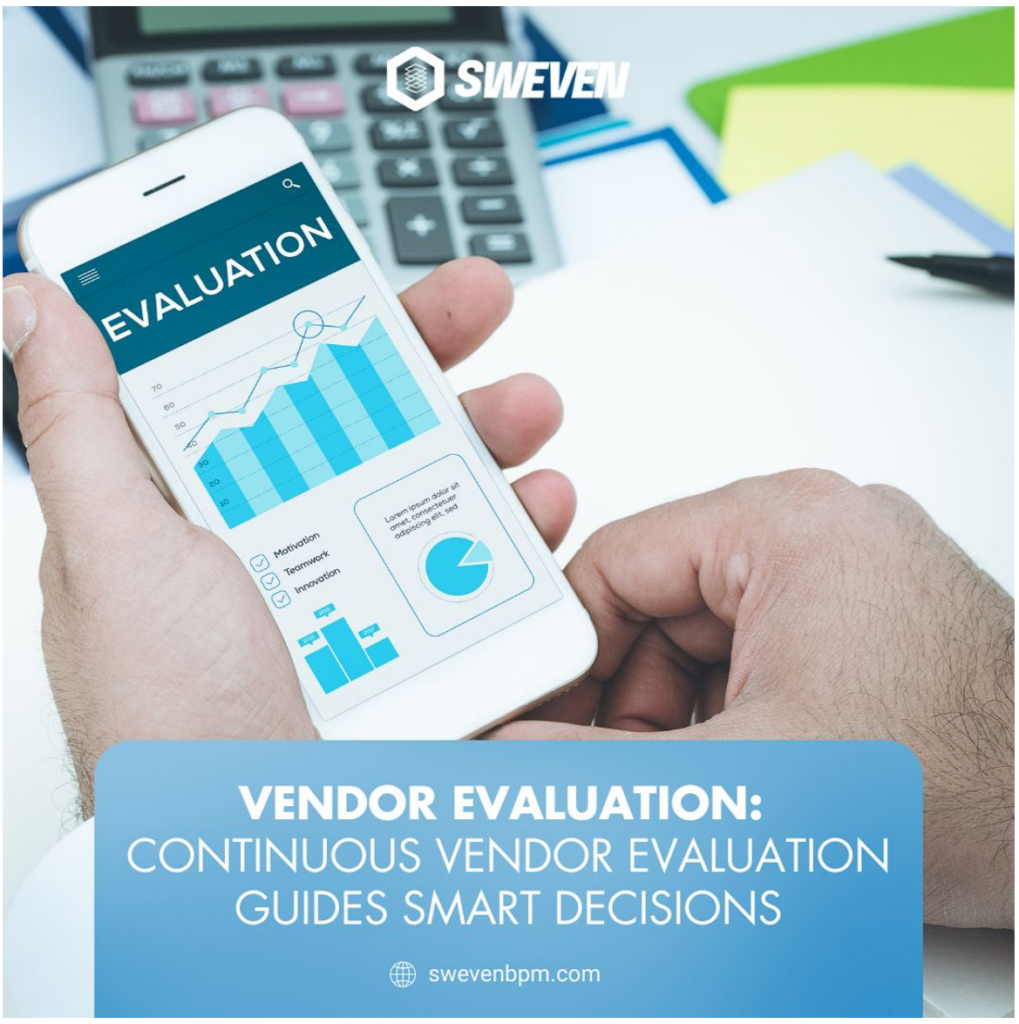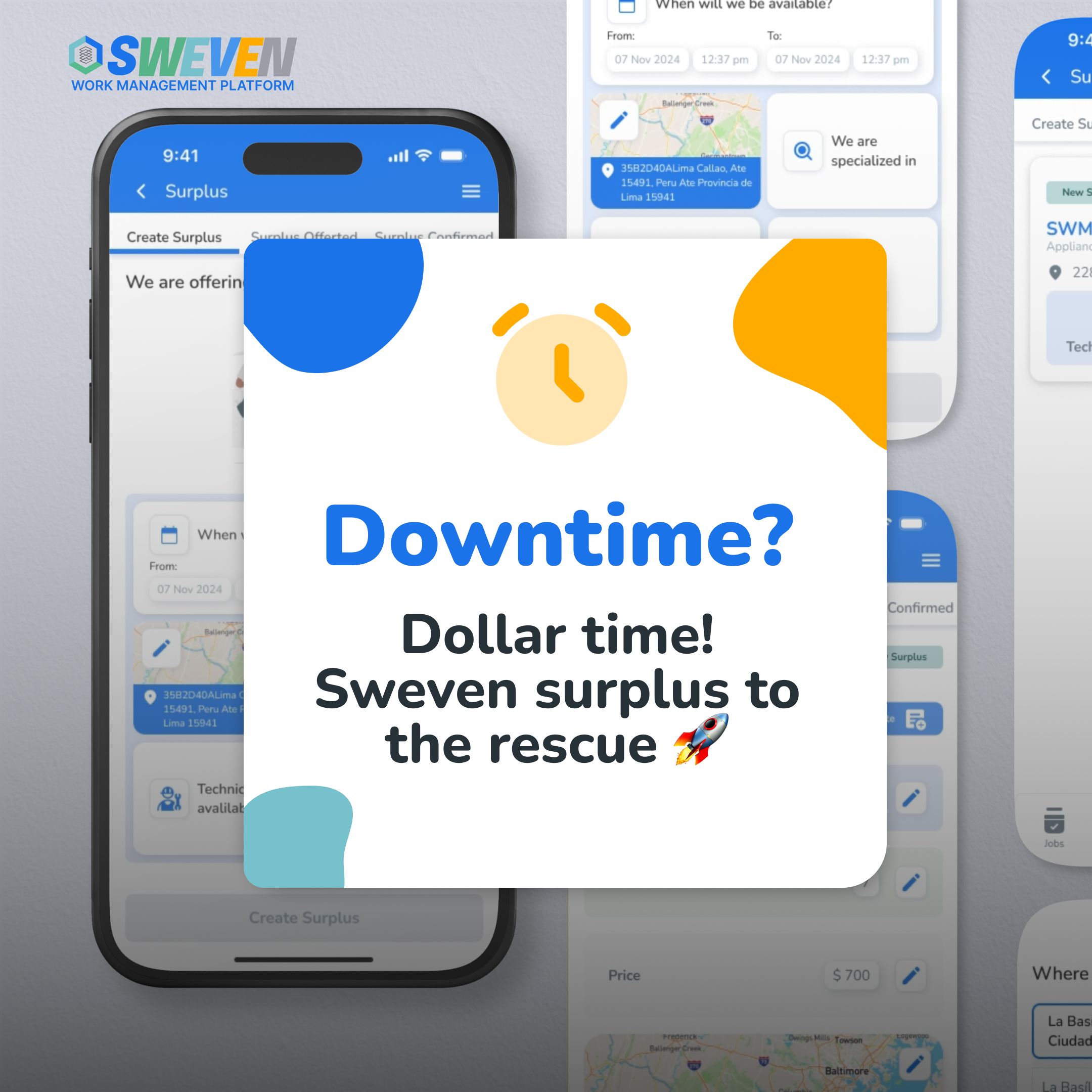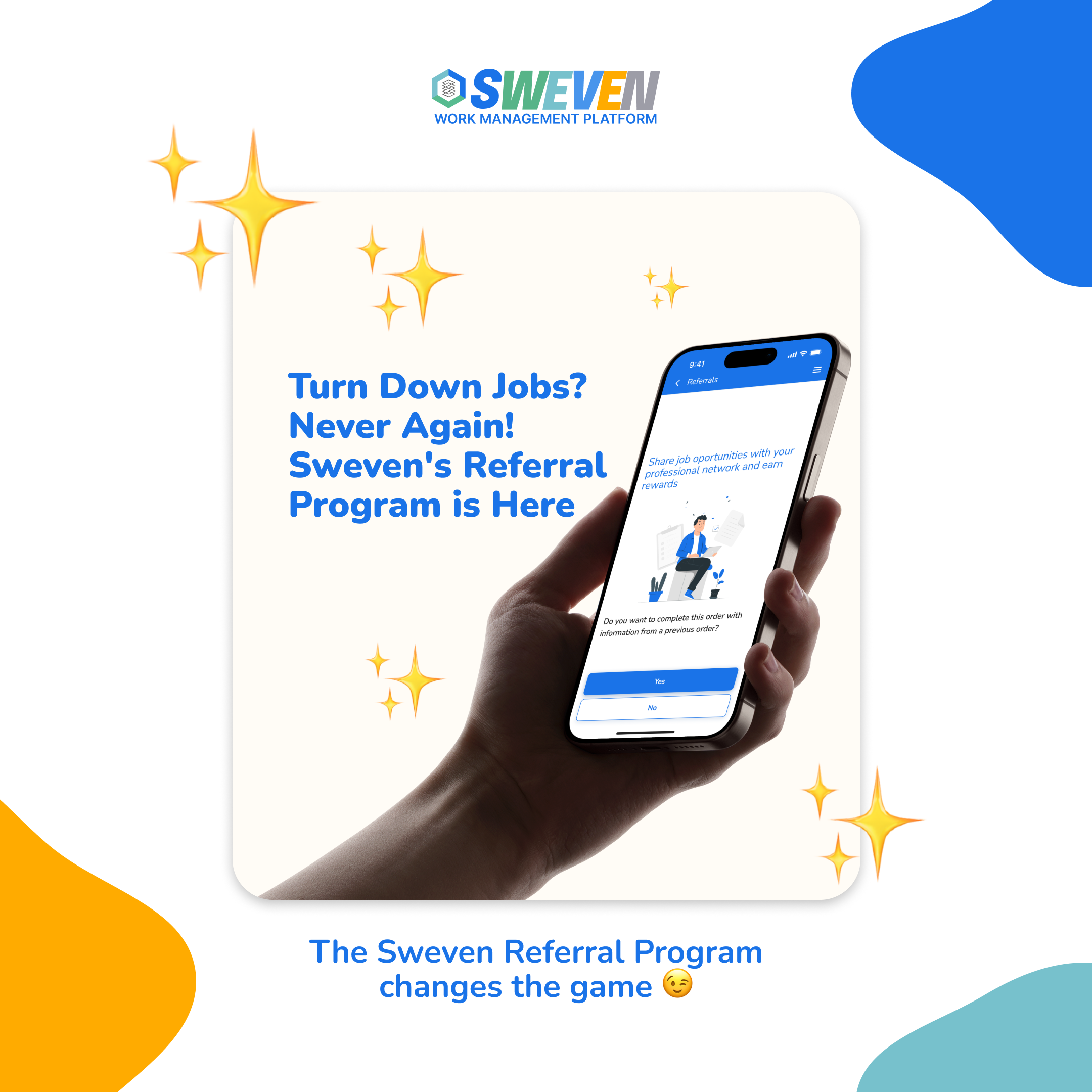In the dynamic landscape of business operations, the effectiveness of vendor partnerships is pivotal to overall success. Deciding when to evaluate, re-evaluate, or terminate vendors can be a challenging endeavor. This blog aims to shed light on the importance of a proactive and continuous vendor evaluation process, providing insights into key considerations and best practices.

The Challenge of Vendor Evaluation:
Vendor evaluation is a multifaceted process that demands careful consideration of performance, cost-effectiveness, and alignment with evolving business goals. Determining the right timing for evaluations, re-evaluations, or termination requires a strategic approach.
Establishing Clear Performance Metrics and Expectations:
A robust vendor evaluation process begins with the establishment of clear performance metrics and expectations within vendor contracts. By defining expectations upfront, businesses create a standard against which vendor performance can be measured.
1. Clear Performance Metrics:
- Define specific metrics related to service quality, delivery timelines, and other critical aspects.
- Align performance metrics with your business goals and objectives.
2. Expectations in Contracts:
- Clearly outline expectations in vendor contracts to set a standard for evaluation.
- Include measurable criteria that facilitate objective assessments.
Regular Assessment of Vendor Performance:
Regularly assessing vendor performance is a cornerstone of effective vendor management. Consider factors such as service quality, cost-effectiveness, and alignment with business goals in your assessments.
1. Periodic Vendor Reviews:
- Conduct periodic vendor reviews, ideally annually or semi-annually.
- Discuss performance metrics, address issues, and explore opportunities for improvement.
2. Data-Driven Evaluations:
- Use a data-driven approach to objectively evaluate vendor performance.
- Leverage performance data to identify trends and areas for enhancement.
Recognizing the Need for Re-evaluation or Termination:
When vendors consistently fail to meet expectations or demonstrate a lack of alignment with evolving business needs, it may be time for re-evaluation or termination.
1. Consistent Underperformance:
- Address consistent underperformance promptly.
- Use data and metrics to objectively assess whether vendors meet established standards.
2. Alignment with Business Goals:
- Regularly evaluate vendor alignment with your evolving business goals.
- If misalignment persists, consider re-evaluation or termination.
Transparent Communication and Smooth Transitions:
Maintaining transparent communication with vendors is essential during the evaluation process. Clearly communicate expectations, issues, and decisions to vendors. When termination is considered, ensure that contracts include clear termination clauses, and be prepared to transition services smoothly to alternative vendors.
1. Transparent Communication:
- Foster open and transparent communication channels with vendors.
- Discuss issues openly and work collaboratively on solutions.
2. Clear Termination Clauses:
- Include clear termination clauses in contracts.
- Define the process for termination and any associated penalties or responsibilities.
3. Smooth Transition Planning:
- Plan for smooth transitions to alternative vendors if termination becomes necessary.
- Minimize disruptions to operations through careful planning and coordination.
–
Mastering vendor evaluation requires a proactive, continuous, and strategic approach. By establishing clear performance metrics, conducting regular assessments, recognizing the need for re-evaluation or termination, maintaining transparent communication, and planning for smooth transitions, businesses can navigate the complexities of vendor management successfully. This approach not only ensures that vendor relationships are aligned with business objectives but also contributes to the overall resilience and efficiency of the organization.
















